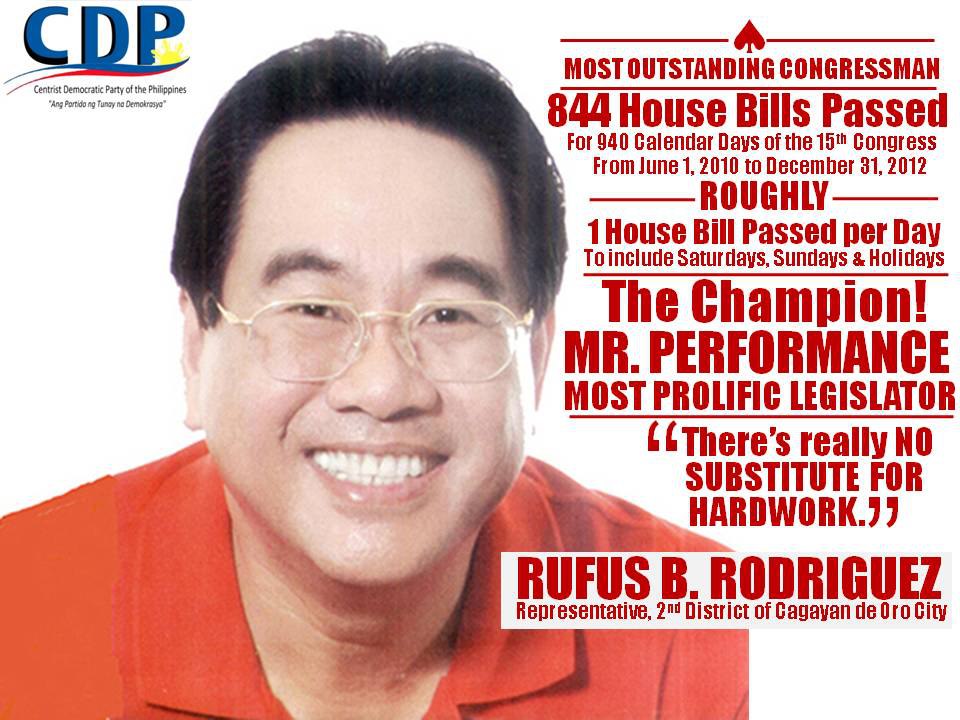WASHINGTON — The surviving suspect in the Boston Marathon bombings told F.B.I. interrogators that he and his brother considered suicide attacks and striking on the Fourth of July as they plotted their deadly assault, according to two law enforcement officials.
 |
F.B.I., via Agence France-Presse — Getty Images
An evidence photograph showing fireworks recovered in a backpack at a
landfill in NewBedford, Mass.
|
The brothers finished building the bombs in Tamerlan’s apartment in Cambridge, Mass., faster than they had anticipated, and so decided to accelerate their attack to the Boston Marathon on April 15, Patriots’ Day in Massachusetts, according to the account that Dzhokhar provided to authorities. They picked the finish line of the marathon after driving around the Boston area looking for alternative sites, according to this account.
On Friday morning, federal agents, state troopers and local law-enforcement officers fanned out to search areas in the vicinity of Dartmouth, Mass., as part of their continuing investigation into the bombings, an F.B.I. spokesman, Jason J. Pack, said.
It was not immediately clear what they were searching for, but the officials said that there was no immediate threat to public safety. Dzhokhar Tsarnaev, attended the University of Massachusetts at Dartmouth. Two of his classmates from the college were charged this week with throwing out evidence that officials said could have linked Mr. Tsarnaev to the attacks.
In addition, Dzhokhar Tsarnaev has told authorities that he and his brother viewed the Internet sermons of Anwar al-Awlaki, a radical American cleric who moved to Yemen and was killed in September 2011 by an American drone strike. There is no indication that the brothers communicated with Mr. Awlaki.
Mr. Tsarnaev made his admission on April 21 — two days after he was captured while hiding in a boat in a nearby backyard — to specially trained F.B.I. agents who had been waiting outside his hospital room for him to regain consciousness.
After he woke up, they questioned him, invoking what is known as the public safety exception to the Miranda Rule, a procedure authorized by a 1984 Supreme Court decision which in certain circumstances allows interrogation after an arrest without notifying a prisoner of the right to remain silent.
The new details of what Dzhokhar Tsarnaev has told authorities emerged as the F.B.I. moved forward on Thursday with trying to determine how the brothers were radicalized and the role that Tamerlan’s wife, Katherine Russell, may have played in the plot or in helping the brothers evade the authorities after the attacks.
As part of those efforts, the authorities have sought to determine whether fingerprints and DNA found on bomb fragments were from Ms. Russell. According to two other law enforcement officials, Ms. Russell’s fingerprints and DNA do not match those found on the fragments. All of the law enforcement officials were granted anonymity because they did not want to be identified discussing a continuing investigation.
Federal authorities are skeptical of Ms. Russell’s insistence that she played no role in the attack or in helping the brothers elude the authorities after the F.B.I. released photographs of them. That skepticism has been stoked by Ms. Russell’s decision in recent days to stop cooperating with the authorities.
A funeral home retained by family members of Tamerlan Tsarnaev claimed his body from the Massachusetts state medical examiner’s office about 5:30 p.m. Thursday, a spokesman for the Boston Department of Public Safety, Terrel Harris, said. He offered no other details.
The details of what Dzhokhar Tsarnaev told authorities fill out a growing portrait of what the grievously wounded young man has told investigators at his hospital bedside. During the interrogation, Mr. Tsarnaev, who sustained a gunshot wound to the neck, had trouble speaking and answered several questions by writing on a piece of paper and nodding.
This article has been revised to reflect the following correction:
Correction: May 2, 2013
An earlier version of this article misstated the last name of a contributing reporter. Serge F. Kovaleski contributed reporting, not Serge Schmemann. Also, a caption on a photograph with an earlier version of this article misspelled the surname of one of the suspects in the bombings. He is Tamerlan Tsarnaev, not Tsarneav.
